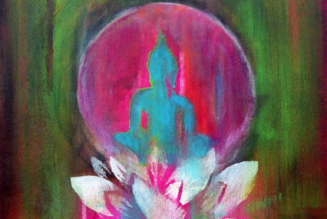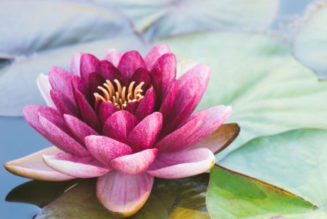History:
Yoga and Ayurveda both arisen from the Vedas, the ancient Indian books of wisdom. Both Yoga and Ayurveda share the same philosophy of creation (Sankhya), this is why they are called “sister sciences”. Later, Charka and Sushruta Samhitas have arisen (around 400-200 BCE). Charka Samhita deals more with medicine, while Sushruta deals more with Surgery (Shalya). Ashtanga Hridayam of Vagbhata and Ashtanga Sangraha were written later (around 4th century AD). Yoga, which was first introduced in Rig Veda (as Ayurveda), and later by Srimad bhagavatam and the Bhagavad Gita, is a bit different from the Yoga as we know it today. Hatha Yoga was first written by Yogi Goraknath, and later Rishi Patanjali introduced “Patanjali Yoga Sutras” which is much known today. More texts on Yoga have been written as Gheranda samhita and more.
Integrating the two methods into health
Ayurveda and Yoga hold different but mutually supporting roles for each other. Ayurvedic guidelines help to create the lifestyle and understanding of the external world necessary to support and preserve health. Yogic guidelines support the spiritual perspective revealing that there is more to life than health, financial success and family life. They constantly remind of the importance meditation and prayer as the primary means of developing contact with Spirit as the means to contentment. From my observation, Yogic diet is primarily concerned with the three Gunas (Sattva, Rajas, Tamas) and Ayurveda is more concerned with the 6 tastes (Sweet, Sour, Salty, Pungent, Bitter and Astringent).
Yoga for the Doshas
Vata – Composed of Space and Air
A being ungrounded (by their elements), we wish to introduce balancing and grounding practice.
Routine is very essential for Vata.
Asana: Some beneficial poses for Vata
– Vrikshasana (Tree Pose)
– Garudasana (Eagle Pose) and
– Natarajasana (Dancer King)
Pranayama:
– Ujjayi Pranayama
– Anulom vilom.
* Be careful not to exert, always do pranayama according to capacity, for Vata no more than 5 minutes.
Meditation:
– Mantra repetition of self-inquiry ‘Who am I?”
– So-Hum meditation.
Pitta – Composed of Fire and Water
Pittas should have a Yogic routine to maintain their good Agni, and to help their tendency towards inflammation.
Asana: Some of the asanas beneficial to Pitta
– Sharvangasana (Shoulder Stand)
– Halasana (Plow Pose)
– Bhujangasana (Cobra Pose)
– Veerasana (Warrior Pose)
– Chandra Namaskar will be good as well.
Pranayama:
– Shitali Prnayama or
– Shikhari Pranayama which are cooling.
Meditation:
– Soothing mantras such as Om
– Bija Mantras (Lam and Ram, for mooladhara and Manipura chakras respectively).
– Trataka on a ghee lamp.
Kapha – Composed of Water and Earth
Kaphas need vigorous exercise, which will benefit the heart and lungs. Sweating will be good.
Asana:
– Sharvangasana (Shoulder Stand)
– Setubandhasana (Bridge Pose)
– Simhasana (Lion Pose)
– Matsyasana (Fish Pose)
*Asanas should be held for longer than Pitta and Vata.
Pranayama:
– Kapalbhati
– Bhastrika
– Surya Bheda.
*All those pranayamas encourage heat and balance Agni.
Meditation:
– Kirtans
– Bhajans
– Satsanga
* Practice of Jala Neti will be good for Kapha as they have mucous problems.
Please Note:
All mentioned above are just guidelines.
All these practices should be performed under the guidance of a qualified Yoga teacher.
References:
Dr. Robert E. Svoboda. Ayurveda, Life Health and Longevity.
Dr. Vasant D. Lad. Textbook of Ayurveda Vol 2.
Mukunda Stiles. Ayurvedic Yoga Therapy.
Swami Muktibodhananda Saraswati, Hatha Yoga Pradipika.
David Frawley (Vamadeva Sashtri) website.



![Prajnaparadha [Crime Against Wisdom] ~ An Ayurvedic Perspective](https://healthyayurveda.com/wp-content/uploads/2015/07/Screen-Shot-2015-07-18-at-6.41.22-PM-327x219.png)



